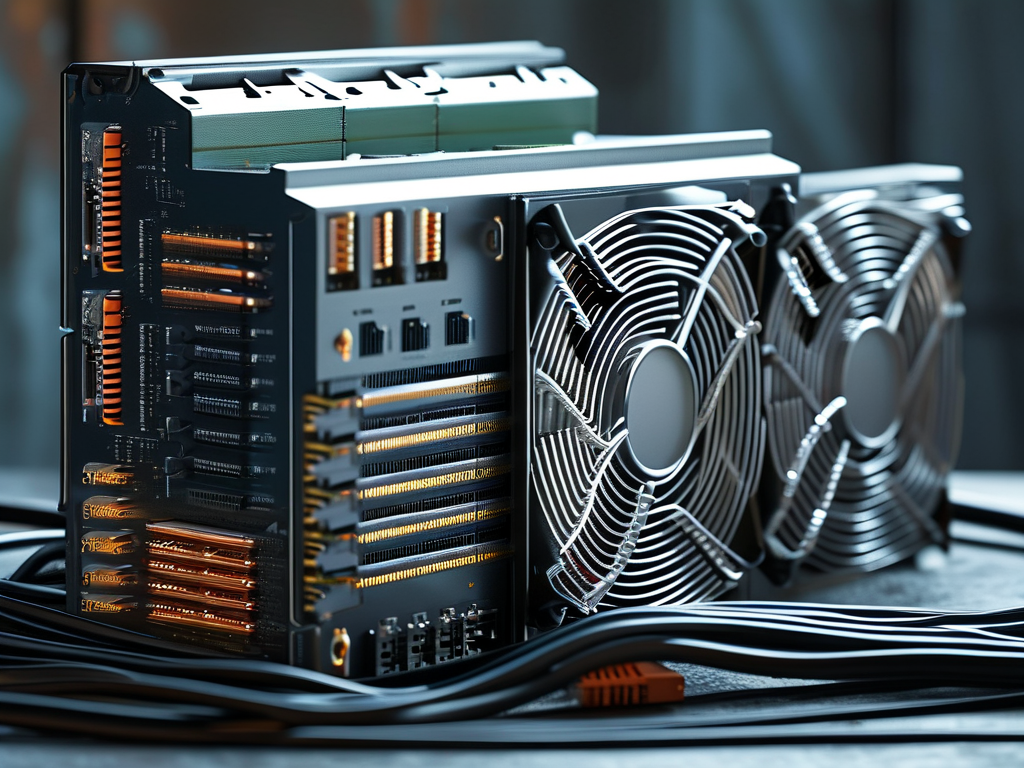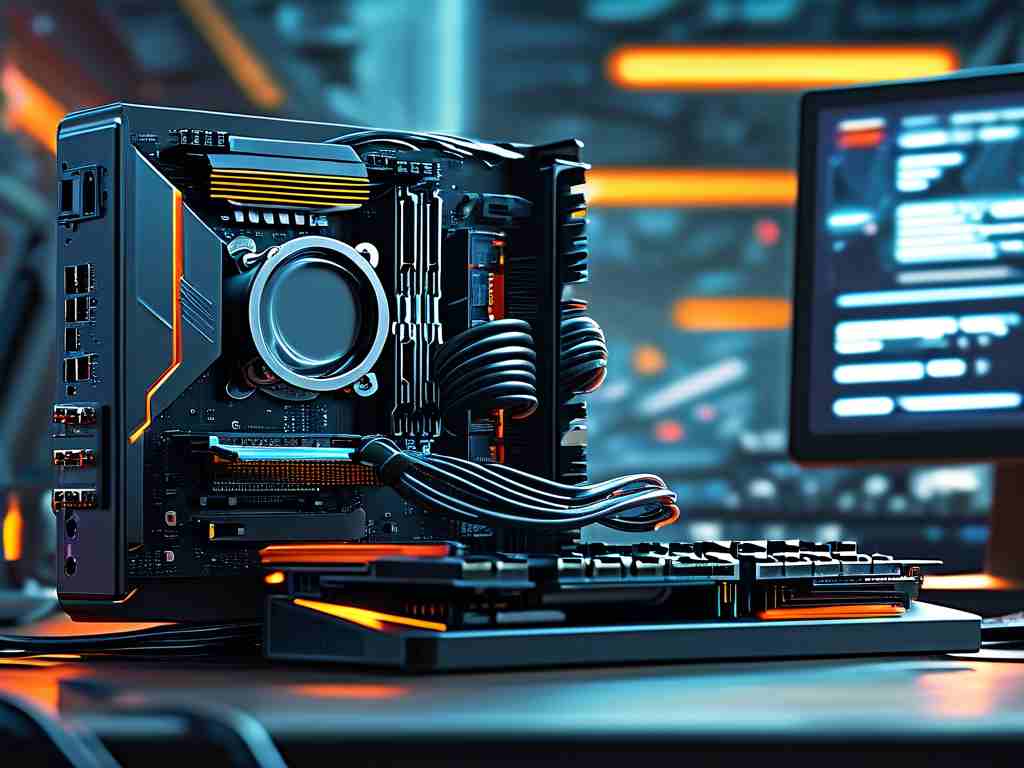In modern computing systems, power efficiency has become a critical concern for engineers and developers. Among the various components contributing to energy consumption, memory operations—particularly write cycles—play a significant role in overall power usage. This article explores the relationship between memory writes and power consumption, offering insights into optimization strategies and practical calculation methods.

Understanding Memory Write Operations
Memory writes involve transferring data from a processor to storage modules, such as DRAM, SRAM, or non-volatile memory. Each write operation requires electrical current to alter the state of memory cells, directly impacting power consumption. For instance, DRAM consumes energy during refresh cycles and write operations, while NAND flash memory draws power during program/erase cycles. The cumulative effect of frequent writes can lead to substantial energy drain, especially in high-performance servers or battery-dependent devices like smartphones.
Calculating Power Consumption for Memory Writes
To estimate power consumption during memory writes, engineers often rely on formulas that account for voltage, frequency, and data throughput. A simplified model for dynamic power consumption in CMOS-based memory can be expressed as:
P = C × V² × f × N Where:
- P = Power (watts)
- C = Effective capacitance (farads)
- V = Operating voltage (volts)
- f = Switching frequency (Hz)
- N = Number of bit transitions
For example, a DDR4 module operating at 1.2V with a 2GHz clock and 50% data toggle rate might consume:
P = 10pF × (1.2)² × 2e9 × 0.5 = 14.4mW per bitline This calculation highlights how voltage reduction and frequency scaling can dramatically lower energy usage.
Optimization Techniques
-
Write Amplification Reduction: In flash-based storage, minimizing write amplification—the ratio of actual writes to host-requested writes—extends device lifespan and cuts power. Techniques like wear leveling and over-provisioning help achieve this.
-
Cache Hierarchy Design: Implementing multi-level caches reduces direct memory writes by storing frequently accessed data closer to the processor. A well-tuned L3 cache, for instance, can decrease DRAM write traffic by up to 40%.
-
Voltage/Frequency Scaling: Dynamic Voltage and Frequency Scaling (DVFS) adjusts memory controller parameters based on workload demands. Lowering voltage during light workloads can save 15–25% of memory subsystem power.
-
Data Compression: Compressing data before writing to memory reduces the number of bits requiring storage. A 2:1 compression ratio effectively halves write-related power consumption.
Real-World Applications
In data centers, Google reported a 10–15% reduction in memory power usage by implementing adaptive refresh algorithms for DRAM. Similarly, smartphone manufacturers like Samsung employ "low-power mode" memory controllers that batch write operations during screen-off periods.
Emerging technologies like Compute Express Link (CXL) aim to further optimize memory power by enabling shared memory pools across devices, reducing redundant writes in heterogeneous computing environments.
Challenges and Future Directions
While optimization strategies show promise, trade-offs exist between power savings and performance. Aggressive voltage scaling may introduce timing errors, while excessive caching can increase latency. Researchers are exploring hybrid memory architectures combining DRAM with non-volatile memory to balance speed and efficiency.
The rise of AI workloads presents new challenges, as neural network training involves massive parameter updates that trigger frequent memory writes. Novel approaches like gradient checkpointing and sparsity exploitation are being developed to address this.
Effective power management in modern systems requires a deep understanding of memory write dynamics. By combining hardware innovations with software-level optimizations, engineers can significantly reduce energy consumption without sacrificing performance. As memory technologies evolve, continued research into write-efficient architectures will remain crucial for sustainable computing.









